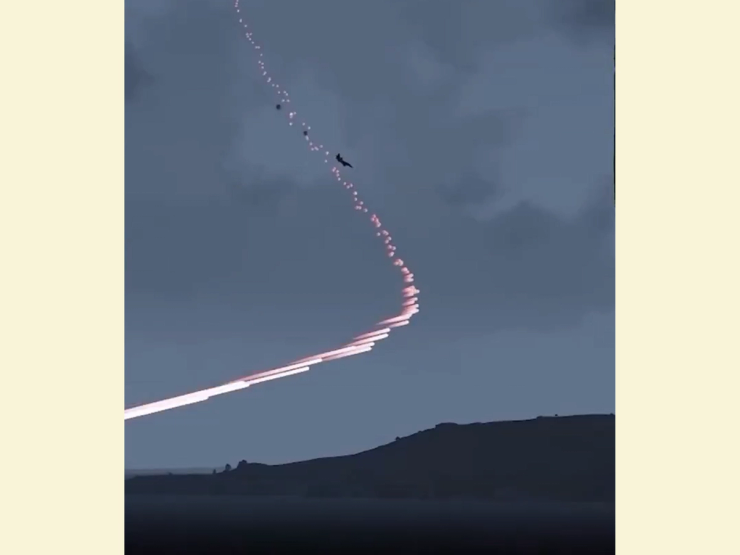Last week, as coverage of the hostilities between Pakistan and India devolved into a morass of confusion, jingoism, and out-of-context videos, one of the social media era’s most intransigent hoaxes got a high-profile boost. On May 8, the Pakistani government’s official X account posted a tightly-edited propaganda video that led with an anti-aircraft gun shooting at a jet — a clip taken from a 2013 video game called Arma 3.
Arma gameplay masquerading as real combat footage has been plaguing the game’s own creators for more than a decade now, and new fakes appear “with [the] start of any major armed conflict across the globe,” said Pavel Křižka, a spokesperson for the game’s Prague-based developer, Bohemia Interactive. The game’s ubiquity, its accessibility (it can run on even fairly old computers), and a community of superfans dedicated to adding niche military equipment have made it a remarkably effective digital tool for generating war hoaxes. It’s ideal for churning out what SUNY Albany cybersecurity professor Stephen Coulthart called “shallow fakes” — footage just barely convincing enough to pass as real, when blurred with “old-school” techniques like filters and simulated camera-shake.
Bohemia has put out warnings about fakes before, and Křižka told Semafor his company has built close relationships with news outlets like Reuters and AFP to quickly push back against hoaxes. But as platforms like Meta and X disengage from top-down content moderation and the professionalized fact-checkers who could spot Arma gameplay easily, it’s unclear if those efforts will stem the fear and outrage scary-looking viral clips can spread. Pakistan’s Ministry of Information and Broadcasting — which brands itself a “Fact Checker,” too — shrugged off the Arma clip as being used “for reference.”

